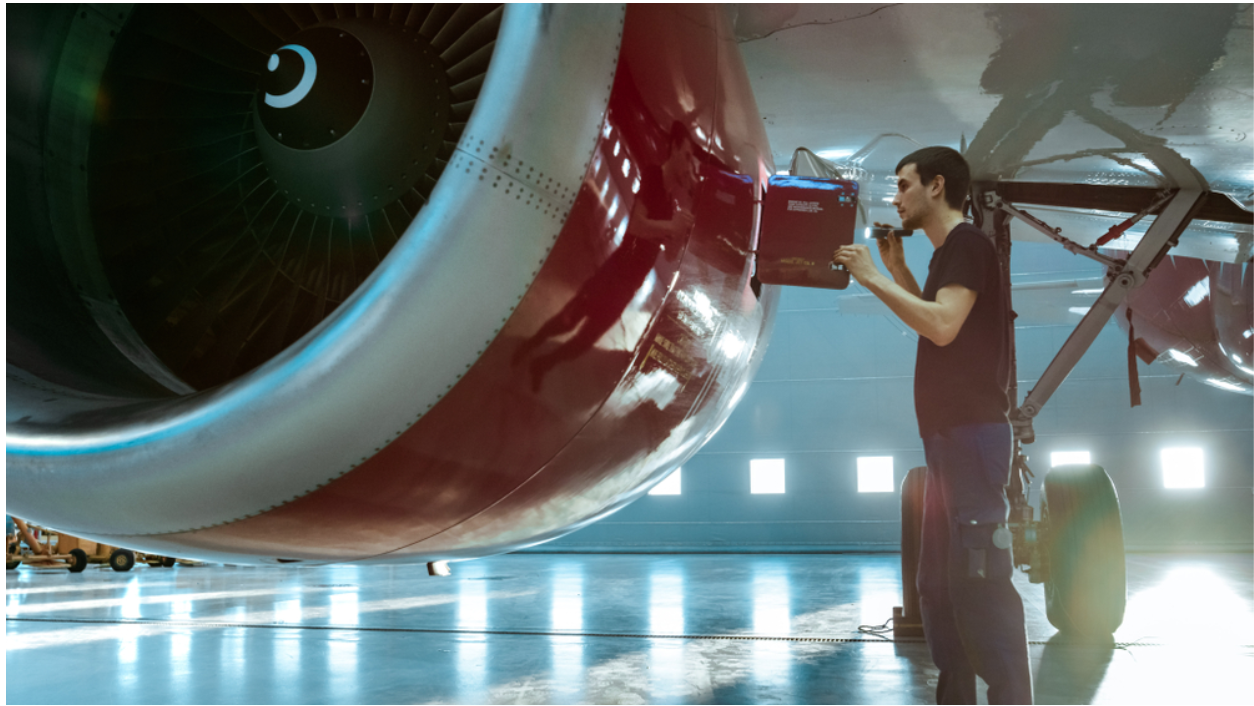The aerospace industry may be on the verge of a revolution, with the University of Illinois announcing plans to partner with NASA on the development of electric-powered aircraft. Motivated by the quest to lower greenhouse gas emissions, the new plane design calls for cryogenic liquid hydrogen to provide energy for engines. Over the next three years, NASA will allocate $6 million to the university’s research center, which will be known as CHEETA: the Center for Cryogenic High-Efficiency Electrical Technologies for Aircraft.
Constant innovations such as this help make aerospace part manufacturing a multi-billion-dollar industry, worth an estimated $838 billion. These innovations depend on underlying developments in sealing technology, critical for supporting aircraft and spacecraft components such as engines, hydraulic systems and joints. Here’s a look at three ways sealing innovations are helping advance the aerospace industry.
Developing Seals for Deep Freeze Conditions
To allow the manufacture of airplanes powered by liquid hydrogen, one challenge researchers face is developing o-ring seals capable of handling extreme cold. Most o-rings used in aviation are designed with an emphasis on handling high temperatures, but liquid hydrogen must be cooled to over 432 degrees below 0 Fahrenheit, colder than standard rubber can handle.
One option some researchers are pursuing is using o-rings made of indium, a soft metal that conforms well to whatever shape it takes, and that exhibits superconductive properties at temperatures over 453 degrees below 0 Fahrenheit. Another alternative being explored is the use of polytetrafluoroethylene (PTFE), also known as Teflon, which is commonly used for sealing systems that use liquid hydrogen, helium and nitrogen at cryogenic temperatures.
Handling High Temperatures
While liquid hydrogen requires substances that can handle extremely low temperatures, most aerospace applications call for materials that can function from extremely high temperatures to moderately low temperatures. For this temperature range, aircraft and spacecraft manufacturers have found silicone rubber especially useful. Silicone rubber compounds developed by specialty suppliers such as Apple Rubber can handle a temperature range from 85 degrees below 0 to 400 degrees Fahrenheit. Silicone also resists pressure deformation, electrical effects, and ultraviolet light.
These qualities make silicone one of the most important sealing materials in aerospace production, deployed in over 20 separate areas of aircraft. One important use of silicone is keeping together parts that have different coefficients of thermal expansion, which would come apart if they were not connected by a thermal-resilient seal.
Protecting Aircraft Parts From Chemical Effects
Besides handling temperature changes, aerospace seals must also be able to resist chemical effects. Fuels, solvents, and corrosion can all warp seals if the proper materials are not selected.
To address this, researchers are currently developing silicone-based materials that resist chemical changes from fuels and solvents even more effectively than normal silicone. Another material that is proving useful for this application is perfluoroelastomer, more commonly known by the abbreviation FFKM or the brand name Kalrez. FFKM combines the durability of elastomers with the chemical resistance of Teflon, and can resist chemicals such as jet fuels and lubricating oils as well as high temperatures. This makes it useful for purposes such as sealing bearing chambers and gearboxes.
Specialized materials such as silicones, PTFE and FFKM have been developed to provide seals that can handle the extreme temperature conditions and harsh chemical environments found in aircraft. Innovative applications of these materials are helping improve aircraft efficiency and extend functionality, empowering the aerospace industry to continue advancing ever onwards and upwards.



